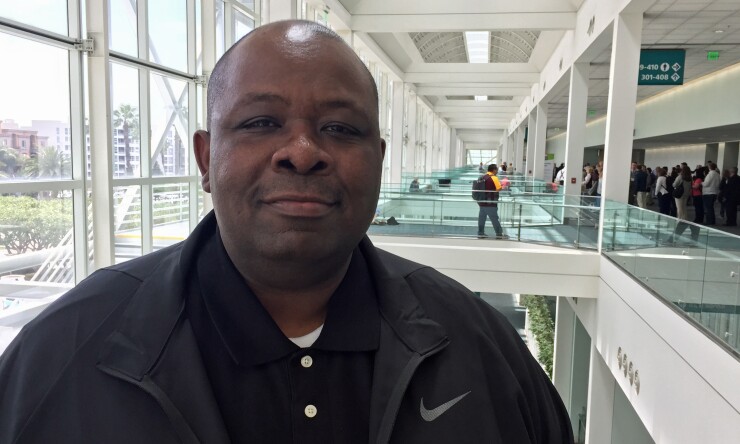Special municipal districts such as water utilities say they have been largely left out of federal coronavirus funding even though they are feeling the pandemic's impact.
Congress has allocated money and the Federal Reserve has set up a facility to lend to state and local governments, but water utilities are feeling pressured, said Marion Gee, finance director at the Metropolitan St. Louis Sewer District and the newest Government Finance Officers Association president.

The CARES Act, signed into law last month, distributed direct federal aid to states or localities with populations of more than 500,000.
GFOA is advocating with federal officials to create funding for special districts and Gee said there hasn’t been funding specifically for water or wastewater facilities.
“We’re kind of left there on an island,” Gee said.
The Fed has said that states and larger cities can then distribute monies to smaller governments that don’t meet the population threshold. Most states allocate funds to cities and not necessarily to special districts because it is easier, Gee said.
“There is a growing angst among special districts that they are being left out of the picture,” Gee said. “They provide services that are critical. They don’t feel like their voices are being heard."
About 40% of GFOA’s members are special districts, Emily Brock, director of GFOA’s federal liaison center, said during a GFOA webinar on Wednesday.
Natalie Cohen, president of National Municipal Research, participated in the webinar and in an interview later said that though general municipal borrowing has decreased since the pandemic, water and sewer borrowing has decreased by 25% compared to the last five years.
“If there is a 500,000 population cut-off then most of the [special districts] fall under that unless they are a large special district that has the population,” Cohen said.
“There is a disconnect between how local government works and what Congress is thinking,” Cohen said.
“States, when they’re deciding how they’re going to allocate funding, they’re ultimately the ones responsible for ensuring that the expenditures are for COVID-related purposes,” Gee said. “So they’re kind of on the hook that if it’s not, they’re going to have to pay this money back to the federal government. That certainly went into decisions of how they wanted to allocate funding.”
Water and sewer borrowing was down 24% in March and down 36% in May, Cohen said.
Grants have been given out to special districts, but Cohen said it’s hard to administer payments at smaller levels.
“When you get down to that small level, they’re not huge infrastructure systems, which might have more backup capabilities in some of those systems,” Cohen said. “So they really have to work under some extraordinary circumstances where they are not necessarily getting the revenues from their billings.”
Gee's St. Louis-area sewer district is triple-A-rated and has good liquidity, Gee said, but in the next few months there could be problems with payroll and water treatment expenses, he said. Other utilities will likely face these issues, sources said.
“They’re not like some organizations where you can scale back on services," Gee said. "You can’t do that if you have an essential service. They’re going to have to keep running. It’s not like they can lower their treatments or anything like that.
Many water districts are in a similar boat, and they were hoping that the Fed’s Municipal Liquidity Facility would have provided needed funding. The MLF program will buy $500 billion of short-term notes from issuers, however it covers counties of 500,000 or more and cities of 250,000 or more.

The HEROES Act passed by the House last week provides $1.5 billion for water ratepayer assistance, but Nathan Gardner-Andrews, National Association of Clean Water Association’s chief advocacy officer, said that is not enough. That bill is not expected to pass the Senate in any case.
“That dollar amount is a drop in the bucket in terms of the overall potential loss revenue that these utilities are looking at,” Gardner-Andrews said.
NACWA estimated a $16.8 billion revenue loss to clean water facilities and a $13.9 billion revenue loss to drink water utilities in a letter sent to Congressional leaders the week of May 18 week to push for more water funding in a future COVID-19 relief bill.
Water utilities would want direct access to federal funds as opposed to working through a county or state government, Gardner-Andrews said. Water and wastewater investment has not been at the forefront of municipal investment priorities, he added.
“If local officials have to choose between giving money to their health systems or their schools that they get through the liquidity facility, as a practical matter, how high on the priority list are water and wastewater facilities going to be?”





